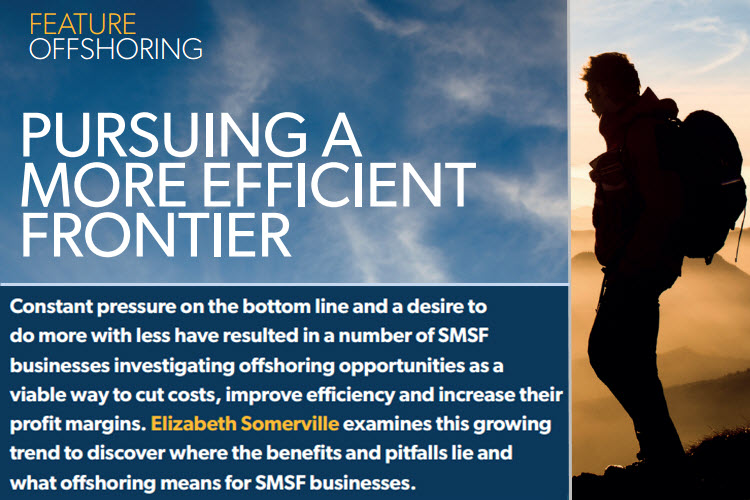Or perhaps it was badges we didn’t need… With a nod to the 1927 novel “The Treasure of the Sierra Madre”, we head off to discuss the hotly contested issue of capacity planning.
Wikipedia notes Capacity planning as the process of determining the production capacity needed by an organization to meet changing demands for its products. Capacity planning is normally raised as an issue in budgeting, but certainly accountants revisit this issue around the end of one tax year, before launching into the next tax year.
Australian accountants certainly seem to need capacity planning, and many practice manager products offer increasingly complex capacity planning tools so you can plan workload capacity with finely tuned efficiency. In fact, this seems to fit neatly into job allocations, employee profitability, employee utilization and all the things about managing a practice that are traditionally accepted.
However, more recently offshoring has been turning capacity planning on its head.
To explain why this is so, we need to go back to the traditional accounting model. This starts in its simplest form as a practitioner opening up their practice, starting business from scratch, and doing all of the work until you had enough work to hire an employee. Jobs would come in one by one, and then one day the owner would realise they had enough jobs to hire a full time person – glorious success! So with the first employee hired, along came the incidental workers like administration, bookkeeping and IT support, but it wasn’t long until the workload was far beyond the practitioner and the accountant. With a bit of tweeking, the system could be stretched, but shortly thereafter another accountant was hired. More success. Repeat until the practice is chockers full of accountants.
But just as Uber disrupts taxi companies, and Airbnb disrupts hotel chains, along comes the twin spectres of technology efficiencies and outsourcing/offshoring. Then rumours abound about the “commoditization of compliance”.
So what is it that outsourcing exactly does to destabilize the traditional model?
Yes, we recognise it is hard to value a business without “bricks and mortar” or in this case physical accountants, but what the offshoring model offers is the ability to turn the workload of a whole accountant from the horizontal plane (i.e. a full tax year) to the vertical plane. That is, take the 100 SMSF’s that you’d usually give your SMSF accountant, and send them over to an offshore SMSF provider like Odyssey, and we can return the lot in under 2 weeks. Actually we can do them in less than a week.
Ok, so capacity isn’t an issue. What about pricing. At peak capacity your full time SMSF person costs probably say $80,000 fully loaded, and at 100 SMSF’s this works out to be $800 per SMSF, versus an SMSF by Odyssey at say $350, or $35,000 for the 100 SMSF’s. So asking your SMSF accountant to re-tool and sending the work overseas adds the ability to take on any amount of work at any time, and not having to be concerned about holidays, training or any HR issues – these are pushed over to the outsourcing company. This means Capacity ceases to be an issue, and capacity planning ceases to be needed.
So now you can tell Mr Smith, who thought he was down the back of the line to get his tax return done, that he can come into the office in 2 weeks, and not June 2017!









